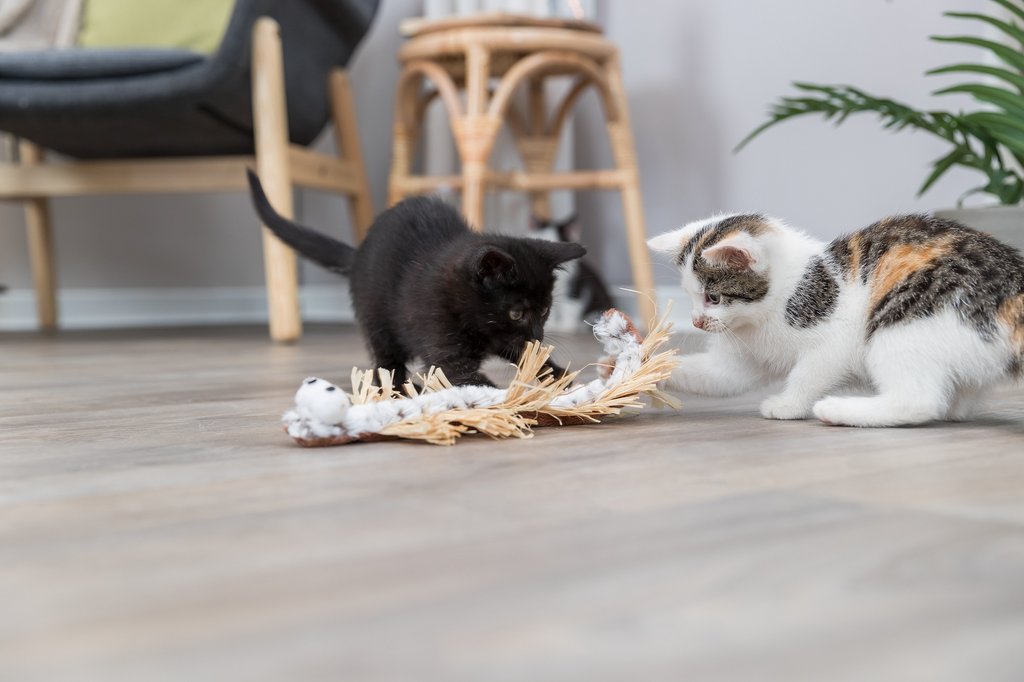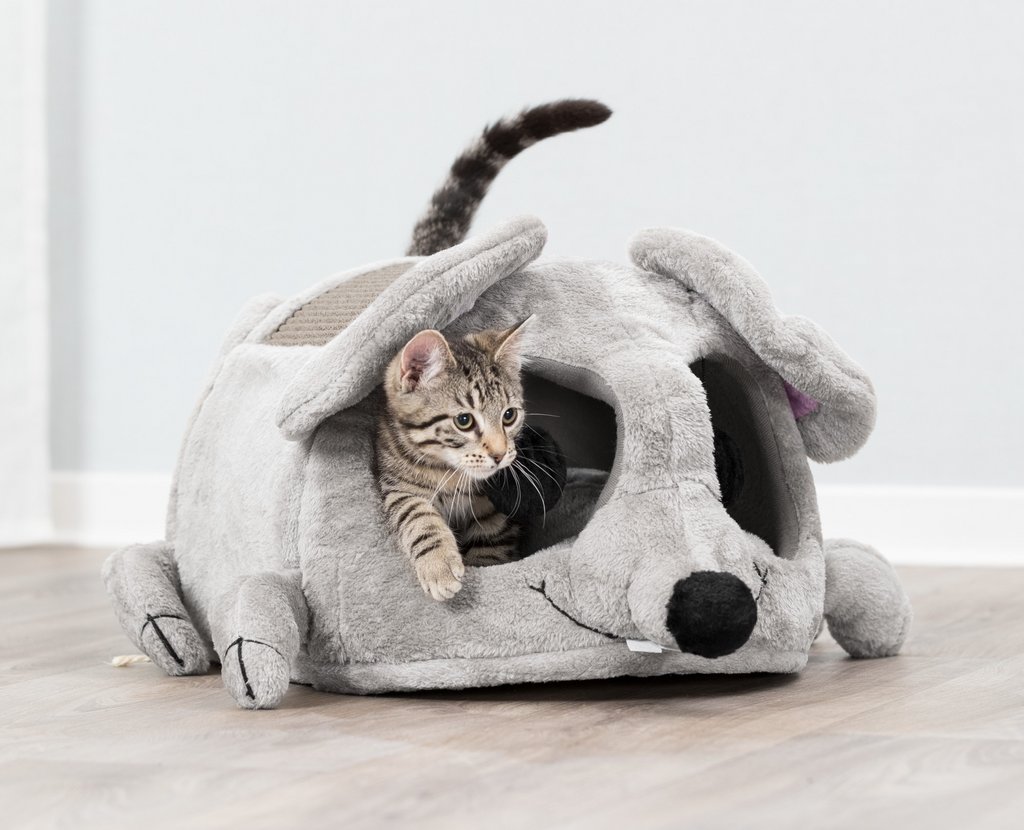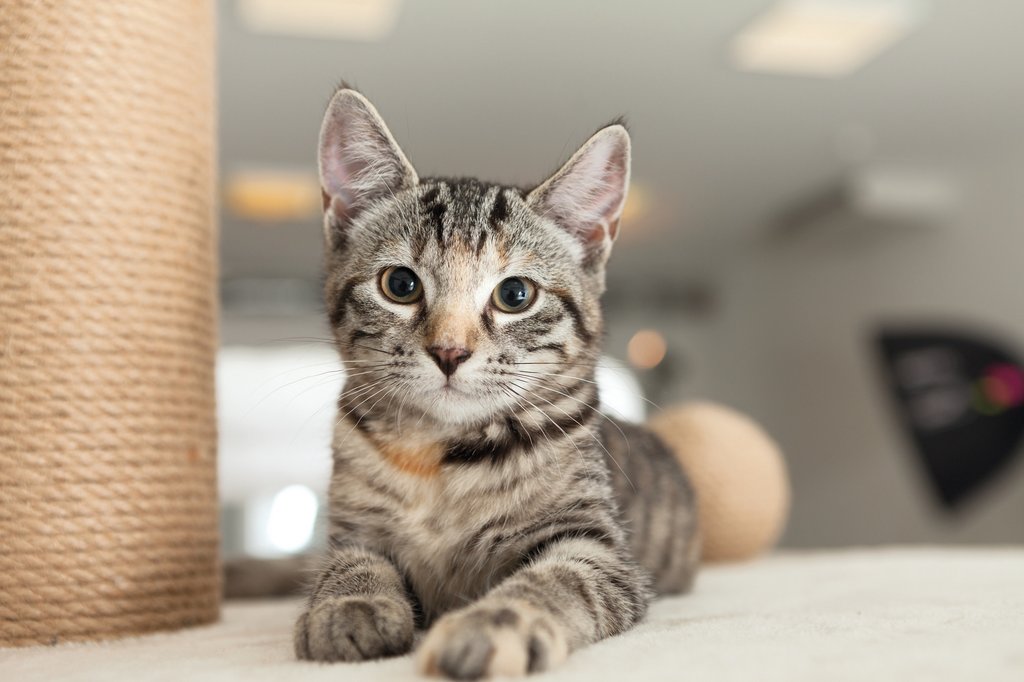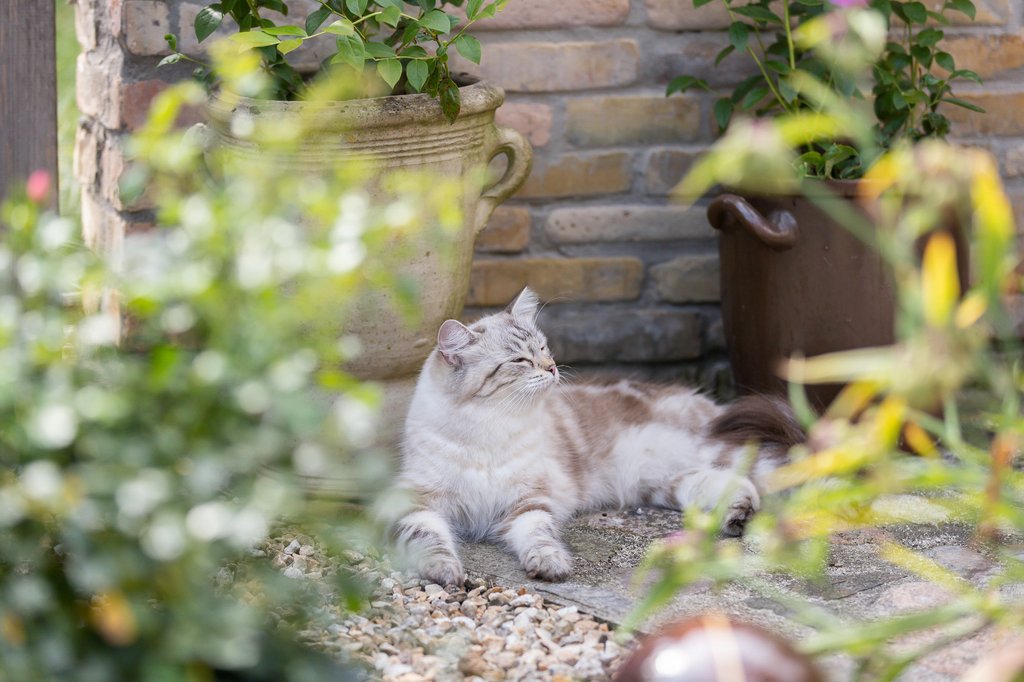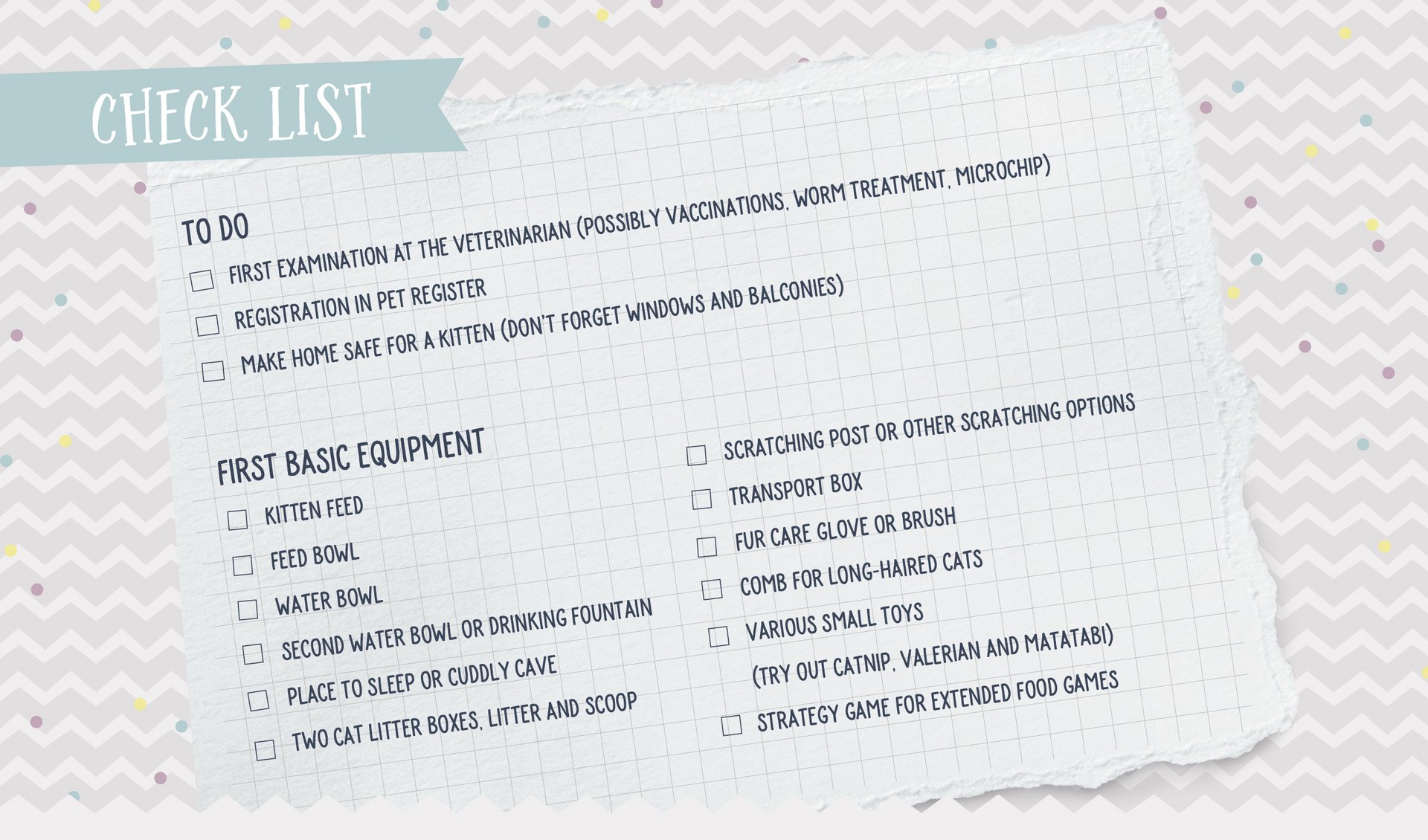First Steps on 4 Paws!
Congrats on your new furry friend! Bringing home a kitten is the start of an amazing adventure filled with cuddles, playtime, and tons of laughs (alongside a few chewed shoelaces!). Here are some tips to make the transition smooth for both of you:
Kitten Comfort First:
- Prepare Early: Just like you'd baby-proof a house for a child, kitten-proof your home to avoid hazards like electrical cords and toxic plants. Stock up on essential supplies like a litter box, food and water bowls, a comfy bed, a scratching post, and toys.
- Slow and Steady: A new home can be overwhelming for a kitten. Set up a quiet room with all their supplies to provide a safe haven. Let them explore at their own pace before introducing them to the whole house.
Feline Friends:
While cats aren't entirely solitary, it's important to remember that not all feline personalities will instantly click. If you're considering adding another cat to your family, it's crucial to make introductions gradual and supervised. This approach ensures that everyone gets along and feels comfortable in their new environment.
Patience is Pawsome:
Remember, patience is a virtue when it comes to your new fur baby. They might be a bit shy at first, and that's okay. Allow them to initiate cuddles and interactions, rather than forcing it. With time, you'll build a strong bond and create a lifetime of happy memories together!
Safety
Before your furry friend arrives, it's essential to kitten-proof your home. Are there rooms that will be off-limits to your new kitty? Make it clear from the start, and stick to it! Kittens are curious climbers who might not see danger zones. They'll want to explore everything, which can lead to knocked-over objects. Put away your favorite things for a few weeks to be safe.
An overlooked hazard is tilted windows. If your kitty gets stuck, it can suffer serious injuries. A window grill can prevent this. Finally, since many houseplants are poisonous to cats, check yours and offer cat grass as a healthy alternative for their green-munching needs!
Sleeping, Eating and Drinking
Did you know kittens love to have their own space? When getting your home ready, remember that your little furball will snooze for about 10 hours a day – essential for growing strong! Create cozy spots for them to nap, like a comfy bed with a soft blanket or a hidey-hole cave. Cats love high places to survey their kingdom, so consider a scratching post with a perch or a spot on the windowsill. They might also enjoy a special bed on top of the radiator for extra warmth.
Of course, you'll also need food and water bowls. Stainless steel or ceramic bowls are the most convenient, as they're easy to clean and less likely to tip over. Place the food bowl in a quiet area with a low rim, and wash it after each meal or at least once a day. For dry food, why not turn feeding time into a fun scavenger hunt? This not only satisfies your kitty's natural hunting instincts but also keeps them active and engaged!
Here's a heads-up: kittens often don't drink enough water, leading to health problems. Place bowls of fresh water in a couple of different spots. Some cats prefer moving water so that a water fountain might be a good idea!
Litter boxes & more
If kittens are raised in good conditions, the mother cat will teach her kittens to use a cat litter box from the age of 5-6 weeks. However, do not expect your kitten to always get there in time. Especially at the beginning, the nearest cat litter box should be quite close. For fully grown cats, the rule is: number of cats +1 = number of cat litter boxes. Place the cat litter boxes in a quiet location that is accessible at all times. Frequent cleaning is important. Velvet paws are very clean pets and have a well-developed sense of smell. They do not want to use unclean litter boxes. Specialist shops have various types of litter available. If occasionally something misses the mark, a urine stain eliminator comes in useful. Stains and smells are degraded organically and completely disappear.
Fur care
Cats spend a lot of time cleaning. By doing this, they swallow a certain amount of hair and this can lead to digestion problems. Regular brushing reduces the amount of loose hair. Acquaint your kitten with being brushed early on, so that this presents no problems. At the start, you can give a few small treats or a bit of tube snack. Gentle fur care strengthens the bond between your kitten and you. Often, a regular care ritual that human and pet both enjoy can be established. It is also recommended to give cat malt. This tasty paste helps to prevent the formation of hair balls. Combing and brushing does not only increase the well-being of your pet. There is also markedly less hair spread to the surroundings. Specialist shops have various care utensils on offer. Fur care gloves are a gentle aid for kittens and sensitive pets. By the way, house cats lose hair all year round. With cats that can go outside, this is more pronounced in spring and autumn.
Scratching & climbing
Cats have a natural instinct to scratch. That way they mark their territory among other behaviours. It is best to provide various scratching options in different rooms for your kitten. That protects furniture and walls and provides variety for your velvet paws. If your kitten sharpens her claws again and again where you do not want it, provide a scratching option there, e.g. as a scratching board on the wall. A larger scratching post is a welcome addition to the room where the cat spends most of her time. Particularly kittens love to climb,play and hide to their heart’s delight. House cats also prefer raised platforms where they can enjoy the view. In other rooms, a smaller model is useful. Scratching boards and cardboards for wall or floor are also suitable. If your kitten ignores a new scratching option at first, you can make it more attractive with catnip or other herbal attractants. When creating suitable surroundings for your cat, do not forget the higher wall areas.
Space-saving climbing opportunities are ideal for enlarging the space available to your velvet paw. For this, you can arrange e.g. climbing
steps, hammocks and cuddly caves that can be attached to a wall, which encourage your house cat to find her own ways and viewing locations.
Outdoor
Balconies and terraces are a great opportunity for house cats to get fresh air and new impressions. Protective nets restrict the space and provide safety by preventing falls. If you want your cat to be able to go out without restrictions, we recommend installing a cat flap. However, to start with, your kitten cannot start off into the great outdoors on her own. Your velvet paw should have reached sexual maturity and have
been neutered. A tattoo or a microchip together with the necessary registration in a pet register helps to find your cat again in an emergency.
A collar shows others that the cat has an owner. A safety closure is important. If the pet gets caught somewhere, the buckle opens automatically and prevents strangulation. Reflecting models improve visibility, e.g. for approaching cars drivers.
Play & Activity
Creeping up, chasing, pouncing – cats love hunting games of all kinds. Playing rods and balls are just as popular as special toys e.g. with motor, sound or LED. Plan a daily time for playing together. That will be an absolute highlight for your kitten and it strengthens the bond between you. Bring the toys to life and do not make things too easy for your cat. Prey that is hard to get is even more exciting. Should
your kitten attack your hands or other parts of your body, interrupt the game. Things are perfect if the game with your house cat ends in success. This can be a little toy or a snack. It is important that your cat can carry away the prey and play with it. Particulary cats that are exclusively indoors need lots of activity. Why do not try a strategy game where your kitten can paw out treats or dry food from various openings. Hunting and food games also make sense for cats that can go outside as they will feel less inclined to hunt when being outside.
A great opportunity for mental challenge is working with a clicker, e.g. a target stick. A lot of cats see joint activities with their owners
as a welcome change. When the first little tricks have worked, the transport box offers itself for training. In the training, the kitten can be introduced to the box in a positive way and find out that it is a pleasant place of retreat. Wearing a harness can also be trained that way.
